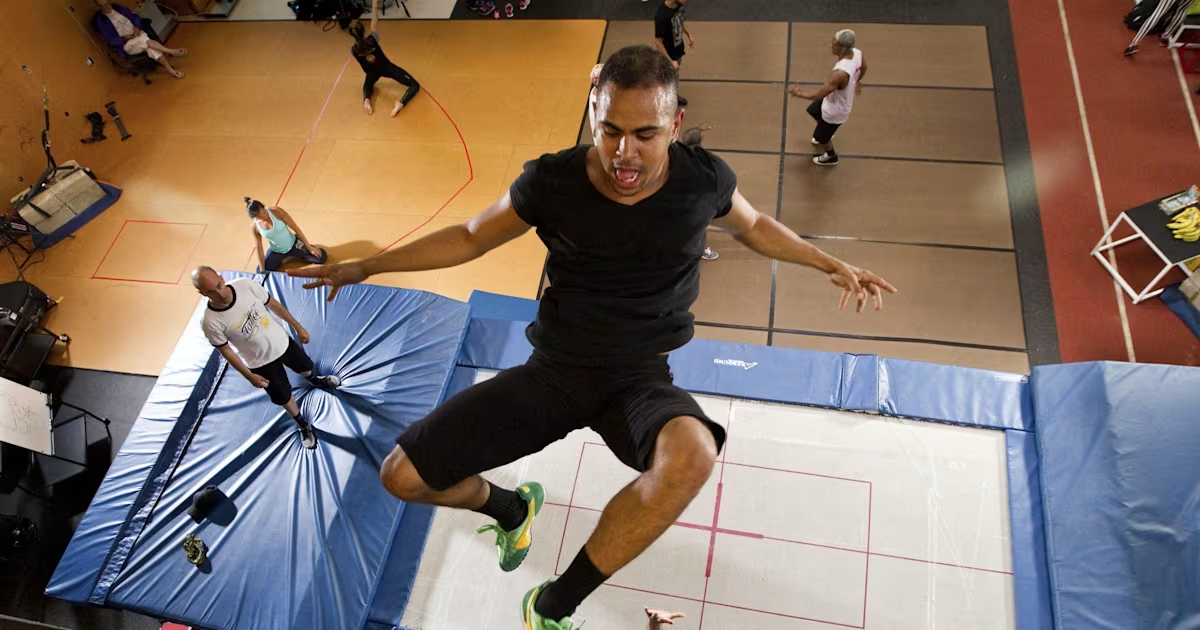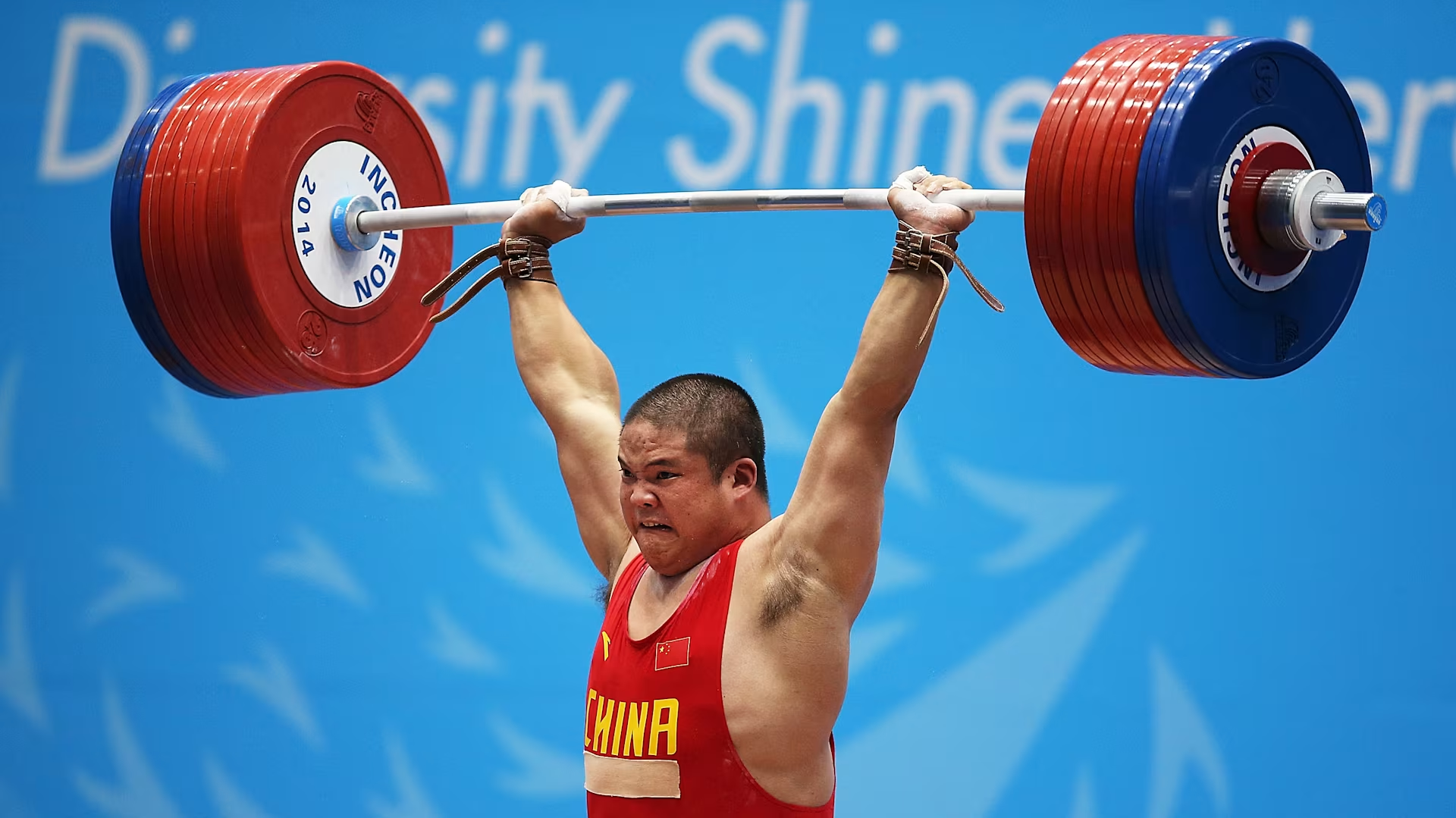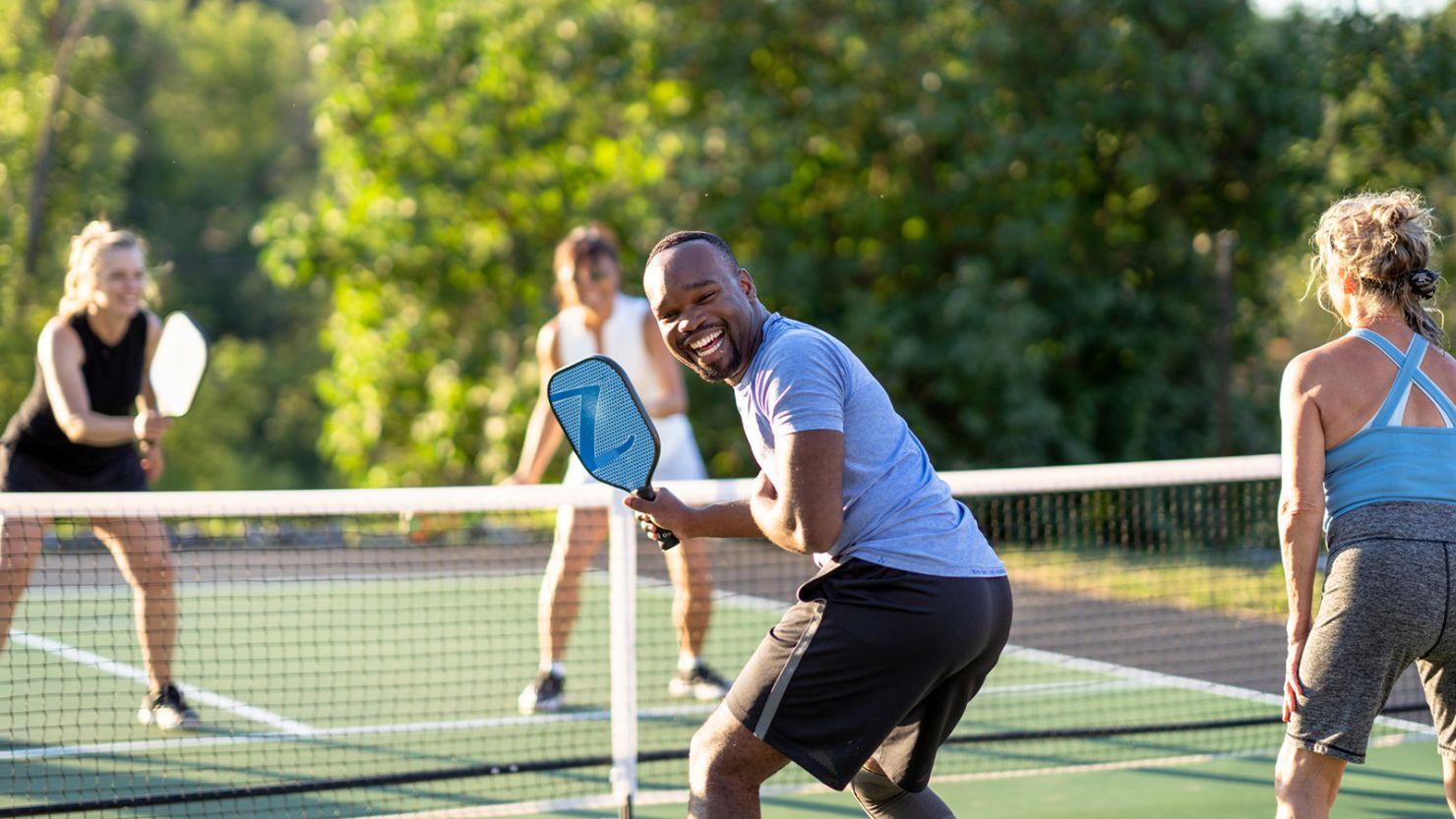solsticeuniversity.com – Trampoline sport is an exhilarating and dynamic activity that combines acrobatics with the thrill of bouncing. It is not only a fun recreational pastime but also a highly competitive sport recognized by international sporting bodies, including the International Olympic Committee (IOC). This article explores the history, benefits, and various aspects of trampoline sport, whether you’re considering trying it out or aiming to become a competitive athlete.
1. A Brief History of Trampoline Sport
The origins of trampoline sport can be traced back to the 1930s when George Nissen, an American gymnast, invented the modern trampoline. Inspired by the art of trapeze, Nissen created a device that allowed gymnasts to perform acrobatic maneuvers while bouncing. The first official trampoline competitions were held in the late 1940s, and the sport gained recognition over the following decades.
Trampoline became an Olympic sport in 2000, featuring individual and synchronized events. Since then, it has grown in popularity, with athletes from around the world competing at various levels.
2. Types of Trampoline Events
Trampoline sport is divided into several disciplines, each with its unique set of rules and formats:
- Individual Trampoline: Athletes perform a series of acrobatic moves, including flips and twists, on a trampoline. Each routine consists of 10 skills, and scores are based on the difficulty of the moves and the execution.
- Synchronized Trampoline: In this event, pairs of athletes perform routines simultaneously on two trampolines. The synchronization of their movements is crucial, and judges evaluate the pair’s precision and timing.
- Double Mini Trampoline: Athletes perform a series of jumps on a smaller trampoline followed by a landing on a mat. This discipline emphasizes explosive power and agility.
- Trampoline Gymnastics: This category includes multiple trampoline-related events, where athletes showcase their versatility and skill in various trampoline disciplines.
3. The Health Benefits of Trampoline Sport
Trampoline sport offers numerous physical and mental health benefits, making it a fantastic addition to any fitness routine:
- Full-Body Workout: Bouncing on a trampoline engages multiple muscle groups, including the legs, core, and arms. This full-body workout helps improve strength and endurance.
- Cardiovascular Fitness: Trampoline workouts are an excellent way to elevate your heart rate and boost cardiovascular health. Just 10 minutes of bouncing can provide a similar cardiovascular workout to running for 30 minutes.
- Improved Balance and Coordination: The unique movements required in trampoline sport enhance balance and coordination skills, which can benefit other athletic activities.
- Low-Impact Exercise: Trampoline training is gentler on the joints compared to other high-impact sports, making it suitable for people of all ages and fitness levels.
- Stress Relief and Fun: Jumping on a trampoline releases endorphins, the body’s natural mood lifters. The playful nature of trampoline sport can reduce stress and promote overall well-being.
4. Getting Started in Trampoline Sport
If you’re interested in trying trampoline sport, here are some tips to help you get started:
- Find a Local Trampoline Park or Gym: Many cities have trampoline parks or specialized gymnastics facilities offering classes and open bounce sessions. Look for options in your area.
- Take Lessons: Consider enrolling in trampoline classes to learn proper techniques and safety measures from certified instructors. This is especially important if you plan to compete.
- Wear Proper Gear: Comfortable, breathable clothing is essential. Most trampoline facilities provide socks with grips, which are recommended for safety.
- Practice Safety: Always follow safety guidelines, including warming up before jumping and being aware of your surroundings while on the trampoline. Use equipment designed for trampoline sports to reduce the risk of injury.
5. Competing in Trampoline Sport
For those aspiring to compete, the path involves dedication and practice:
- Join a Trampoline Club: Many regions have trampoline clubs where athletes can train and participate in competitions. Joining a club provides access to coaching, training facilities, and a supportive community.
- Set Goals and Train Regularly: Establish specific goals for your training, whether it’s mastering certain skills or preparing for competitions. Consistent practice is key to improvement.
- Participate in Competitions: Start by entering local competitions to gain experience. As you progress, aim for regional, national, and even international events.
- Stay Informed: Keep up with the latest techniques and training methods. Engaging with the trampoline community through forums or social media can provide valuable insights and encouragement.
6. The Future of Trampoline Sport
Trampoline sport continues to evolve, attracting more participants and spectators. With increased exposure from events like the Olympics and international competitions, the sport is gaining recognition globally. Innovations in training methods and equipment also promise to enhance the athletic experience.
Moreover, trampoline parks have become increasingly popular as recreational venues, introducing more people to the sport in a fun and accessible way.
Conclusion
Trampoline sport offers a unique blend of fitness, fun, and competitive spirit. Whether you’re bouncing for leisure or aspiring to become a champion, trampoline sport provides a dynamic way to stay active and healthy. With its numerous physical and mental health benefits, there’s no better time to jump into the exciting world of trampolining!




